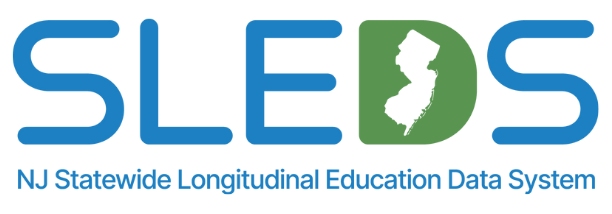NJSLEDS Fall 2025 NJQSAC Updates
Overview
The New Jersey Department of Education (NJDOE) has announced temporary adjustments to QSAC Operations Indicators 1a and 1b for the Fall 2025 Snapshot period. These changes ensure districts are not adversely affected by system-related challenges during the first year of NJSLEDS implementation.
Background: Why These Adjustments Are Necessary
NJSLEDS launched on September 2, 2025, representing a significant modernization of New Jersey's education data infrastructure. As with any large-scale system transition, the first reporting cycle has presented challenges for both districts and the NJDOE.
The NJDOE recognizes that some current data inconsistencies stem from system-related issues rather than district-level data quality concerns. Districts have been proactive and responsive in addressing issues within their control, demonstrating good-faith efforts throughout this transition.
Adjusted Scoring Details
OPERATIONS Indicator 1a: Data Certification (2 points)
Standard Requirement: Data in NJDOE's statewide longitudinal data system and the school district's evaluation data files have been certified by established deadlines and provide complete data.
Transition Year Adjustment: Scoring will consider districts' good-faith efforts to submit data. Certification timelines influenced by statewide transition activities will not negatively impact district scoring.
What This Means: Districts that made reasonable efforts to certify data but experienced delays due to system-level transition factors will receive appropriate credit for Indicator 1a. The NJDOE will evaluate district engagement and responsiveness rather than applying rigid timeline penalties during this transition period.
OPERATIONS Indicator 1b: Error Rates (3 points)
Standard Requirement: Each file must have an error rate of less than 1.5%, inclusive of student sync errors.
Transition Year Adjustment: Error-rate calculations will be adjusted to account for known system issues to ensure districts are not penalized for technical limitations during this transition period.
What This Means: The NJDOE has identified specific system-related error types that will be factored out of QSAC error rate calculations. This includes errors caused by platform technical issues, validation conflicts resulting from system limitations, and other error categories directly attributable to NJSLEDS transition challenges rather than district data quality practices.
What This Means for Your District
These modifications are temporary and specific to the Fall 2025 Snapshot period. They ensure that QSAC scoring appropriately reflects:
- Your demonstrated efforts during the transition
- Your cooperation with NJDOE guidance and support
- Your district's actual data quality practices
Rather than being influenced by:
- System-related technical issues beyond your control
- Statewide transition factors affecting all users
- Known platform limitations being actively addressed
Implementation
These adjustments will be applied automatically during the QSAC review process. Districts do not need to take any additional action or submit appeals related to these specific transition-year considerations. The NJDOE's QSAC reviewers have been provided with detailed guidance on applying these adjustments consistently across all district evaluations.
Duration of Adjustments
These modifications are specific to the Fall 2025 QSAC review cycle during the first year of NJSLEDS implementation. As the system matures and transition-related issues are resolved, QSAC scoring will return to standard protocols. The NJDOE will communicate any changes to these policies in advance of future cycle reviews.
Looking Ahead
The NJDOE remains committed to supporting all districts through the stabilization of NJSLEDS. We appreciate your continued partnership and patience as we work together to build a more efficient, reliable, and modern data infrastructure for New Jersey education.
 Official Site of The State of New Jersey
Official Site of The State of New Jersey
